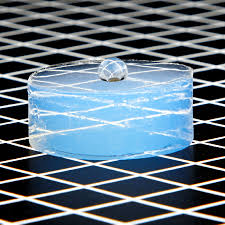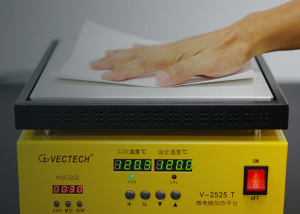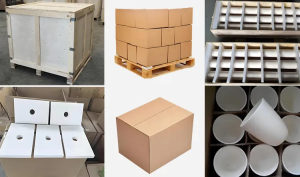Professional industry ceramic supplier, silicon nitride, silicon carbide, aluminum nitride and any other kinds of ceramics.
1. Introduction
Ever wondered what holds molten metal at 1,600°C without cracking? Meet the silicon carbide crucible—a powerhouse in both heavy industry and modern kitchens. Made from one of the hardest known materials, these crucibles are essential for metal casting, lab work, and even baking your favorite casserole.
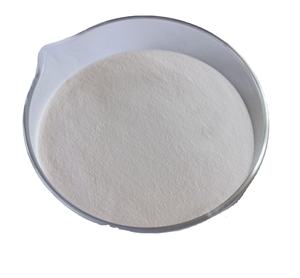
Silicon carbide (SiC) isn’t just tough—it’s thermally stable, chemically inert, and conducts heat like a pro. Whether you’re melting aluminum in a foundry or roasting vegetables in a silicon carbide ceramic oven dish, this advanced ceramic delivers unmatched performance.
2. What Is a Silicon Carbide Crucible?
A silicon carbide crucible is a container made primarily from silicon carbide ceramic, engineered to withstand extreme temperatures and corrosive environments. Unlike traditional clay or graphite crucibles, SiC versions offer superior thermal shock resistance and longevity.
These crucibles are sintered at ultra-high temperatures, creating a dense, non-porous structure that resists oxidation and chemical attack—ideal for melting non-ferrous metals like copper, brass, and aluminum.
3. Why Silicon Carbide Stands Out Among Advanced Ceramics
Among advanced ceramics, silicon carbide is a top performer. Compare it to alumina (Al2O3) or zirconia (ZrO2), and SiC wins in thermal conductivity and hardness. Even when stacked against boron carbide vs silicon carbide, SiC offers better cost-effectiveness for most industrial uses—though boron carbide is harder, it’s far more expensive and brittle.
Silicon carbide also outshines many alternatives in versatility. From rbsic silicon carbide tile blocks used in kiln linings to silicon carbide ceramic columns in filtration systems, its applications span dozens of sectors.
4. Industrial Applications Beyond the Crucible

While the silicon carbide crucible is iconic, SiC shines in many other forms:
- Silicon carbide burner nozzles: Handle high-temp combustion gases without degrading.
- Silicon carbide brick and tubes: Line furnaces and protect thermocouples (e.g., silicon carbide thermocouple protection tubes).
- Silicon carbide discs and grinding tools: Used in precision machining and pottery finishing (like silicon carbide diamond grinding disc for pottery).
- Silicon carbide ceramic piping: Resists abrasion in slurry transport and chemical processing.
Even niche components like silicon carbide ring seals and silicon carbide ceramic tube insulators rely on SiC’s robustness under pressure and heat.
5. Silicon Carbide in the Kitchen? Yes, Really!
You might not expect it, but silicon carbide has quietly entered gourmet kitchens. Thanks to its even heating and durability, manufacturers now produce:
- Silicon carbide ceramic baking dish and casserole dishes (with or without lids)
- Silicon carbide ceramic dinner plates, salad bowls, and pasta bowls
- Silicon carbide ceramic butter dish with lid and sugar dishes
- Specialty items like silicon carbide ceramic Christmas plates and pie dishes
Brands inspired by designs like Staub have embraced silicon carbide ceramic baking dish formats that go straight from freezer to oven. These aren’t just pretty—they’re functional, scratch-resistant, and retain heat longer than standard stoneware.
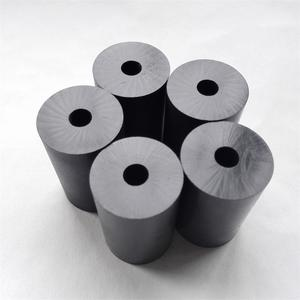
6. How Does It Compare to Silicon Nitride?
Another superstar in advanced ceramics is silicon nitride (Si3N4). While both are high-performance, they serve different niches.
Silicon nitride excels in mechanical strength and fracture toughness—making it ideal for bearings, cutting tools, and custom silicon nitride heat shields. You’ll find specialized products like silicon nitride crucible factory-made lab ware or silicon nitride plate components in aerospace.
However, silicon carbide leads in thermal conductivity and oxidation resistance above 1,000°C. Plus, the high purity silicon nitride powder market remains smaller and pricier than SiC, limiting widespread adoption.
In short: choose silicon nitride for impact resistance; choose silicon carbide for heat management.
7. Choosing the Right Form for Your Needs
Whether you need a rugged silicon carbide crucible for foundry work or elegant silicon carbide white ceramic plates for dinner, understanding your requirements is key.
For industrial use, consider density, purity, and bonding type (e.g., reaction-bonded vs. sintered). For kitchenware, look for food-safe glazes and thermal shock ratings.
And don’t confuse similar-sounding items—silicon carbide ceramic disc taps for plumbing are entirely different from silicon carbide piezo ceramic discs used in sensors!
8. Conclusion
From molten metal to Monday night lasagna, the silicon carbide crucible and its ceramic cousins prove that advanced materials can bridge heavy industry and everyday life. With unmatched heat resistance, durability, and growing innovation in both manufacturing and design, silicon carbide remains a cornerstone of modern ceramics—whether you’re in a lab, factory, or kitchen.
Our Website founded on October 17, 2012, is a high-tech enterprise committed to the research and development, production, processing, sales and technical services of ceramic relative materials such as 7. Our products includes but not limited to Boron Carbide Ceramic Products, Boron Nitride Ceramic Products, Silicon Carbide Ceramic Products, Silicon Nitride Ceramic Products, Zirconium Dioxide Ceramic Products, etc. If you are interested, please feel free to contact us.

